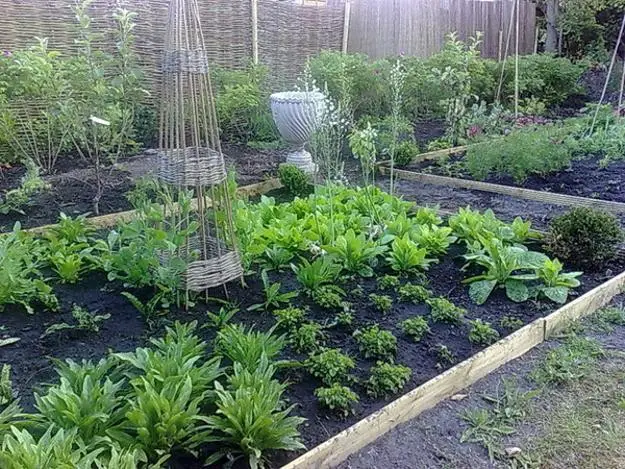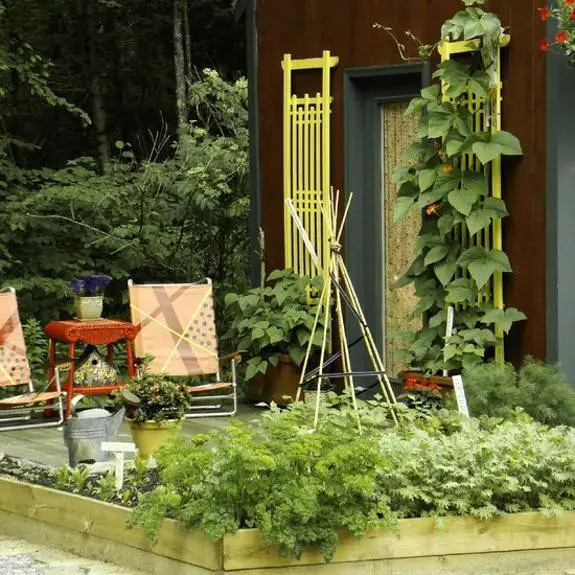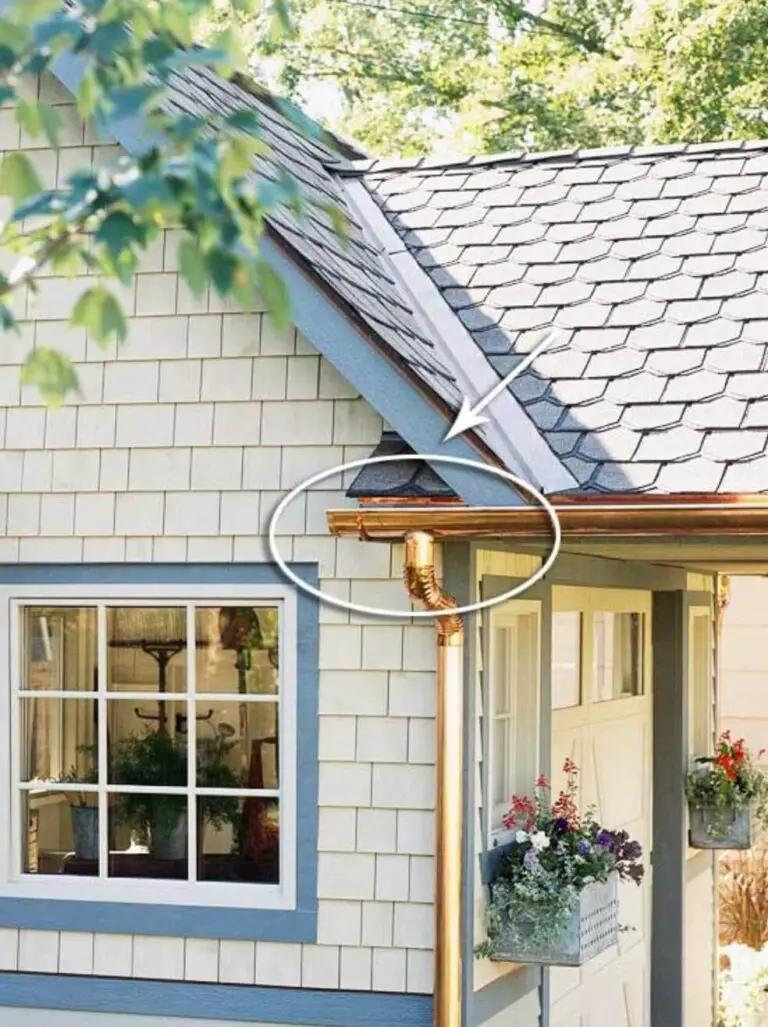Edging Plants For Kitchen Gardens: Create A Plant Border Around A Vegetable Patch
Surrounding your kitchen garden with a thoughtful border of plants can serve both practical and aesthetic purposes. This boundary layer, typically comprising shorter vegetation, helps define the vegetable patch or edible garden bed. When selecting edging plants for your kitchen garden, consider those that thrive in full sun and well-draining soil, as these conditions are ideal for many vegetables.
A beautiful border can also inspire creative use of every available spot, such as pairing tall fencing with bulbous and cutting flower plantings. Herbs, harvested fresh for cooking, can find a natural home amidst the kitchen garden’s bounty. By incorporating edging plants into your design, you’ll be encouraged to experiment with unique pairings and combinations that bring visual interest and functionality to your outdoor space.
Baby Greens and Microgreens
Tiny but mighty, baby greens and microgreens thrive in minuscule spaces, yielding a plethora of leaves to harvest from a single seed packet. As a temporary edging, they make an excellent early season border for small kitchen gardens or can be mixed with other cool-season companions like violas and pansies.
These diminutive leafy vegetables are harvested when the plants remain immature, with varieties like radish, mustard, and lettuce being prime examples of cool-season crops grown specifically for their microgreen qualities.
Flowering Bulbs in Kitchen Gardens
To safeguard their harvests from hungry wildlife, gardeners often install fencing in their vegetable gardens. This thoughtful precaution enables spring-flowering bulbs like tulips – a rabbit favorite – to flourish, yielding stunning cut flowers. These same techniques can be applied to other flowering bulbs and tubers, such as Crocus, Dahlia, hyacinth, and lilies, which can thrive alongside vegetables.
When selecting varieties, gardeners should consider factors like culture requirements and plant height, opting for shorter options suitable for edging a vegetable patch.
Perennials and Annuals with Edibles
When it comes to complementing edible plants with flowering companions, annuals and low-growing perennials are excellent choices. For instance, short marigolds not only fill out quickly but also require minimal investment to grow. Another option is sweet alyssum, which boasts fragrant flowers and a compact growth habit.
In terms of perennial options, consider incorporating low-growing varieties like Gaillardia ‘Goblin,’ candytuft, Scabiosa, or creeping phlox around the perimeter of your vegetable garden to create a beautiful border. If you’re looking to establish a cutting garden, look for short cultivars of perennials such as Coreopsis, Veronica, or daylily that can add color and interest without overwhelming the space.
Drought Tolerant Sedums and Vegetables
When it comes to adding some flair to your garden’s borders, sedums are an excellent choice for those who want low-maintenance options that can thrive in dry conditions. Not only do they come in a variety of species, such as stonecrop and hens and chicks, which are compact enough to allow easy access without having to step over them, but they’re also incredibly resilient.
This means you can place them along the hotter, drier fringes of your vegetable garden without worrying about them wilting away under the scorching sun. Additionally, other drought-tolerant options like Portulaca and perennial ice plant are great alternatives that can withstand similar conditions, making it easy to create a beautiful, thriving border that requires minimal upkeep.
Concrete and Wooden Edging Ideas
When it comes to creating boundaries for our vegetable gardens, two popular man-made options are wooden planks and concrete or cinder blocks. While they may initially present a clean-cut edge, plants with trailing structures can help soften the lines over time. One unique benefit of using cinder blocks is that their open spaces can accommodate six-inch pots, allowing you to create a living border that can be easily changed up each year.
This flexibility is particularly appealing for gardeners who like to mix things up and try out new plant combinations. Adding edging plants around your vegetable patch can also give your garden a polished appearance. With a wide range of edible and decorative options available, you’re sure to find the perfect choice to suit your style and gardening goals.
29 Edging Plants for Kitchen Gardens
Vertical Garden Edging



Beautiful Squash Arch

Growing Edible Edges
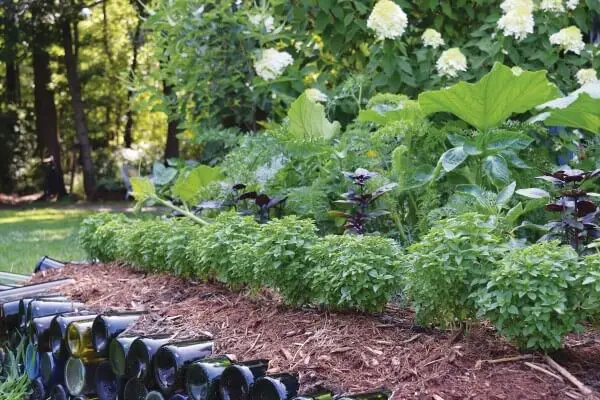
Lemon Thyme on gravel path

Star Apple Garden

Rhode Island garden’s occasional flashes of color

The Cape Cod garden

Sculptural planter box

Mixes edibles and perennial flowers

A modern steel and glass solution

A bean tunnel using metal mesh and poles

An extraordinary potager in a private New Jersey garden

Raised Beds Lift the Garden
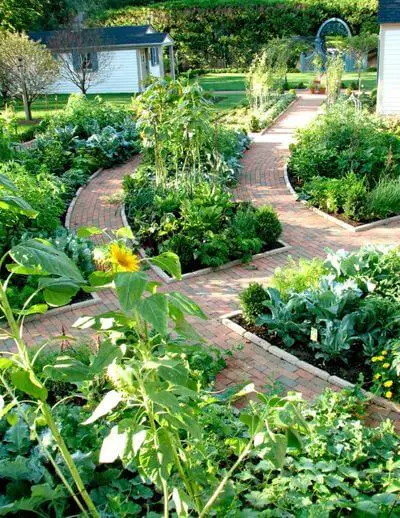
Raised garden beds with pea gravel mulch and edging ideas

Easy durable Raised Bed Trellising

Lettuce in raised beds with hoops




